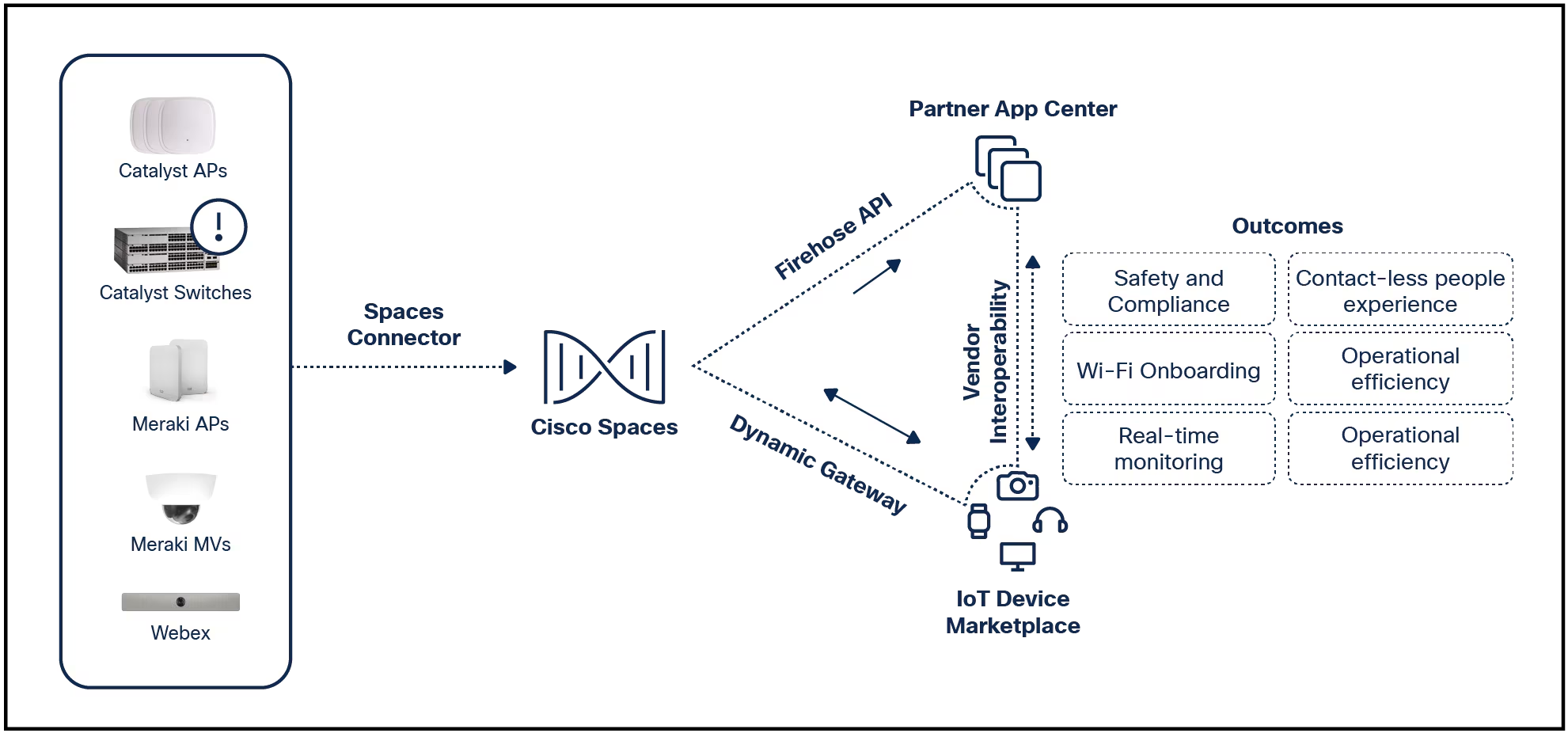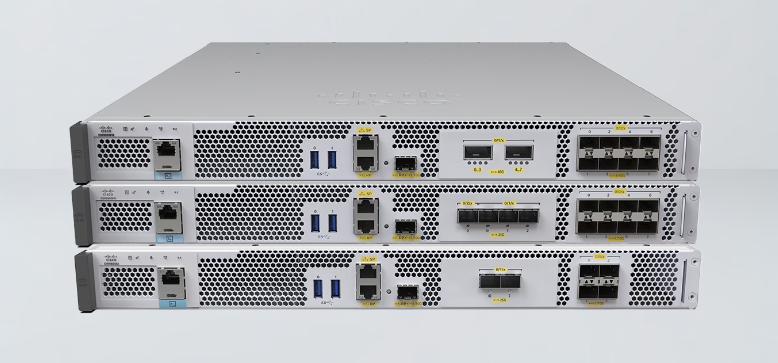































A common theme cropped up at the last Cisco Live!, held virtually from March 31 to April 1, 2021. I'd sum it up like this:IT improves operations only if operational teams will use the solutions. Ease-of-use and reliability rule!
If you were one of the more than 100,000 people who attended, you probably heard some version of that message. Here's my take on how it showed through in sessions on multi-access wireless technologies, cybersecurity, and operational management -some of this year's most popular topics.
Lines were out the door (virtually, that is!) for sessions describing wireless technologies and the evolution from low to high data rates. We heard the latest on LoRaWAN, Wi-SUN (Field Area Network), public or private LTE, Wi-Fi 6, 5G, and Cisco Ultra-Reliable Wireless Backhaul (formerly Fluidmesh). When selecting Wireless for industrial Internet of Things (IoT) use cases, IT and operations teams have different priorities. IT looks for top performance based on the type of asset (moving, battery-operated, densely packed). But for operations people, stability and ease of use often outweigh raw performance. Their goal is to keep the business running, whether that means manufacturing widgets, running trains, moving containers, distributing electricity, and more.
Session presenters talked about how to meet both teams' needs. Take Ultra-Reliable Wireless Backhaul, which is designed to connect "on the move" assets to critical applications. These assets can be found on rails, at terminals, or in mines, to name a few. In addition to providing fiber-like performance (the goal for IT teams), it simplifies operations with easy installation and a web management interface. For more, watch the session and check out this blog by my colleague Umberto Malesci.
This year, always-popular cybersecurity sessions attracted many more OT specialists in addition to the IT regulars. Attendees tuned in for the latest on protecting IoT devices like security cameras and manufacturing systems from cyberattacks that can cause quality problems or interrupt operations. A main takeaway is that OT security takes more than a single protocol (e.g., DNP3, ModBus, or BACnet). More than a single layer. More than a single product. Effective security requires multiple solutions and automated actions based on policies.
Highlighting that point, in a session about increasing your industrial security posture and the Journey Towards a Secure Industrial Network, presenters described extending IT security to OT by integrating IoT sensors with the platform and providing context for policy-based decisions. As an example of context, an IT device (like a printer) that's under attack will almost always be shut down or disconnected from the network. But before shutting down an OT system like a programmable logic controller (PLC), staff need to estimate the impact on operations, take the right steps to protect production, and weigh any disruption against the potential costs of the attack.
Traditional network management tools are designed for IT people, who are on a first-name basis with things like ACLs, QoS, and SGTs. But the people in charge of operations for utilities, transportation, smart cities, etc. aren't always networking engineers. They just want quick ways to identify faults, isolate them, and restore service, always keeping operations in mind.
To meet both teams' needs, we demonstrated a new workflow approach for IoT operations management called Cisco IoT Operations Dashboard. It's a single place where operations teams can go to deploy, operate, and make sense of data from industrial assets. One of my favorite sessions (here) included a demo of Cisco Edge Intelligence running on a Cisco IR1101 router. Watch this demo see how a water management team would use it for insights from IoT devices such as flow meters, leak detectors, and quality sensors.
Another personal favorite, Asset and Facility Monitoring at Scale, described a fast, simple way to start monitoring industrial assets and facilities. Cisco Industrial Asset Vision includes everything you need: sensors (temperature, humidity, vibration, occupancy, etc.), a LoRaWAN gateway, and the IoT Operations Dashboard Assets Management services. It's already integrated, and set up is as simple as scanning a QR code.
I hope you'll join us at the next Cisco Live! event. Stay tuned for the schedule here.
If you registered for Cisco Live! 2021, you can still view more than 150 Anytime Sessions here, through July 2, 2021.
Keep up with the latest Internet of Things trends and insights to help you succeed with your IoT deployments. Subscribe to our newsletter.
 Hot Tags :
Cybersecurity
5G
Cisco Live
Cisco Industrial IoT (IIoT)
Cisco Ultra-Reliable Wireless Backhaul
Cisco IoT Operations Dashboard
Cisco Edge Intelligence
BACnet
Cisco Industrial Asset Vision
Hot Tags :
Cybersecurity
5G
Cisco Live
Cisco Industrial IoT (IIoT)
Cisco Ultra-Reliable Wireless Backhaul
Cisco IoT Operations Dashboard
Cisco Edge Intelligence
BACnet
Cisco Industrial Asset Vision